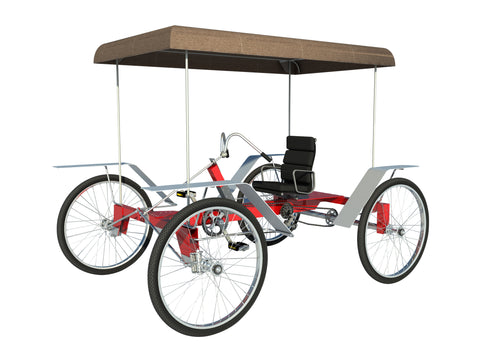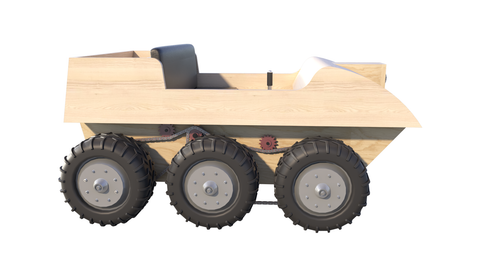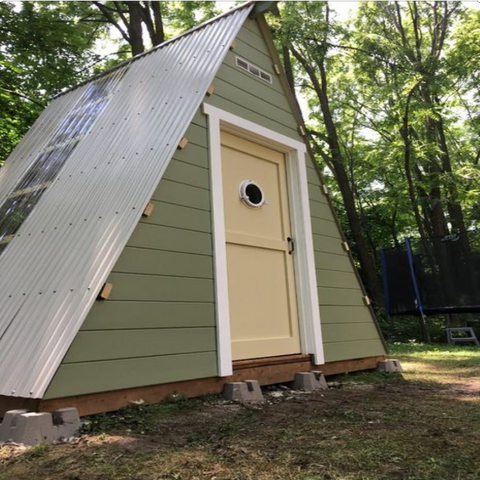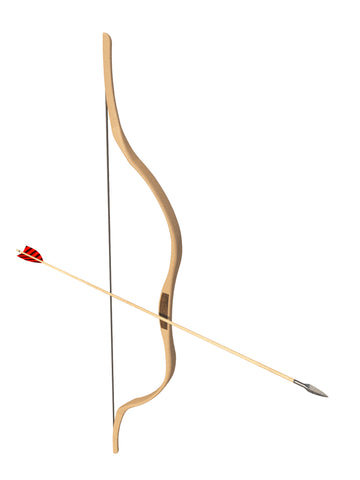Outdoor Heater, Garden, Covered Fire Pit, DIY Plans, Star Wars Fighter Backyard Patio Heater Decor
Build your own Star Wars Fighter Themed Fire Pit (DIY Plans) Fun to build!!
These DIY plans will step you through as you build your own Star Wars Fighter Themed Fire Pit Outdoor Heater.
Includes step by step instructions and Material list. Photos of the build as well.
What Is a Covered Fire Pit?
If you are thinking of purchasing a covered fire pit for your outdoor kitchen, there are a few important questions to ask yourself. First, what kind of material is best for your pit? Wood fires produce more Btus than gas burners, but they also produce more smoke. A cover will help you avoid this.
Wood fires produce more Btus than a gas burner
A covered fire pit with a wood burning firebox produces more heat than a firepit with gas. Wood fires produce bright orange-yellow flames, which crackle and pop. They can also produce a bigger fire. Compared to gas burners, wood fires produce more Btus per unit of heat.
Outdoor fire pit temperatures depend on the ambient air temperature and wind conditions. A 20-mile-per-hour breeze can reduce the overall BTUs produced by a wood fire. Also, frictional heat loss can lower the BTU output. In an open-air environment, one cord of seasoned, green wood will burn for about three hours. Outdoor fire pit temperatures are usually comfortable for families in milder climates, with low winter temperatures under thirty-four degrees Fahrenheit and summer highs that rarely exceed 100 degrees.
While wood fires are an attractive option, they can also pose a health risk. Wood smoke contains toxins that can cause respiratory problems, including asthma and bronchitis. Because of these risks, it is important to keep your fire area clean. It is also important to avoid sending smoke to neighboring yards and houses.
A covered fire pit that burns wood releases more carbon dioxide than one that burns propane. Natural gas fire pits are also more efficient, as they emit fewer emissions. However, they may cost more than propane. Natural gas is the most economical fuel, and it is also clean-burning. Natural gas does not require any cutting of trees.
The Btu of a wood fire depends on several factors. The type of fuel, the type of furniture, the wind speed, and the ambient temperature are all factors. The British Thermal Unit (BTU) is the unit of heat and energy needed to raise a pound of water a degree Fahrenheit.
A wood fire will produce more Btus per unit of heat, but will produce more smoke and require more maintenance. Gas fires, on the other hand, can be more efficient and produce continuous heat. The only drawback to gas fires is that they require less wood. If you plan on using your fire pit frequently, gas fires can save you money.
Wood fires produce more smoke than a gas burner
Although wood fires are fun and add a rustic touch to your backyard, they can also be quite noxious. Wood smoke comes from the incomplete combustion of organic matter, which results in ultrafine particles and smoke. While a small amount of smoke is harmless, excessive smoke can cause several health risks, including irritation of the upper respiratory system.
Wood fires produce more smoke than a fire lit with a gas burner. Wood fires are also difficult to light, especially if the fuel is wet. As a result, wood fires are not suitable for prolonged use. However, they are a great choice for rural settings where a gas line is not available.
Smoke can also cause respiratory problems in people of all ages, but older adults are particularly susceptible. Smoke from wood can affect the immune system, irritate the lungs and cause lung infections. The particles in wood smoke can also be harmful to a person's heart and lung function.
Wood smoke contains a complex mix of gases and particles that can affect one's health. Prolonged exposure can cause respiratory illnesses, including pulmonary arterial hypertension and heart failure. Exposure to wood smoke is also linked to cancer. Hence, it is important to avoid prolonged use of wood fires in covered fire pits.
Gas fire pits are safer than wood fires. However, they still require regular maintenance. You should check for leaks and keep them away from structures that can catch fire. Moreover, both types of fire pits can cause CO poisoning.
All DIY plans are designed by Ben Stone. Ben is a retired Engineer in Canada. He studied Engineering back in the early 1980's. After over 30 years in the Construction industry he developed a passion for building cool items around his farm and cabin. These are great DIY projects. With a little skill anybody can Do It Yourself. Ben is always an email away if you have any questions while building one of his projects. He is adding new plans all the time.










